By Grant Keddie. August 2013.
Introduction
A little known history of 19th century British Columbia was the creation of an early commercial fishing industry by Chinese immigrant fishermen.
In 1861, Chinese fishermen began using fine meshed nets to catch large quantities of herring, flounder, anchovy and trout in Victoria’s inner waterway. These fish were salted and dried for shipment to Barkerville and other mining areas of the Interior, where they retailed at 40 to 50 cents per pound. The salting and drying took place in Victoria’s upper harbour at the north end of Store Street on the banks of Rock Bay. On April 11, of 1861 the Colonist newspaper reports:
“These fish are esteemed a great luxury by the Chinese in the mines of British Columbia, and it is for their use that they are now being prepared. The process employed in preparing them for market is very simple. They are first passed through a tub of water containing rock salt, and then spread upon mats and laid out in the sun until thoroughly dried, when they are packed in China baskets and shipped to the mines. A very great quantity has been prepared this season.”
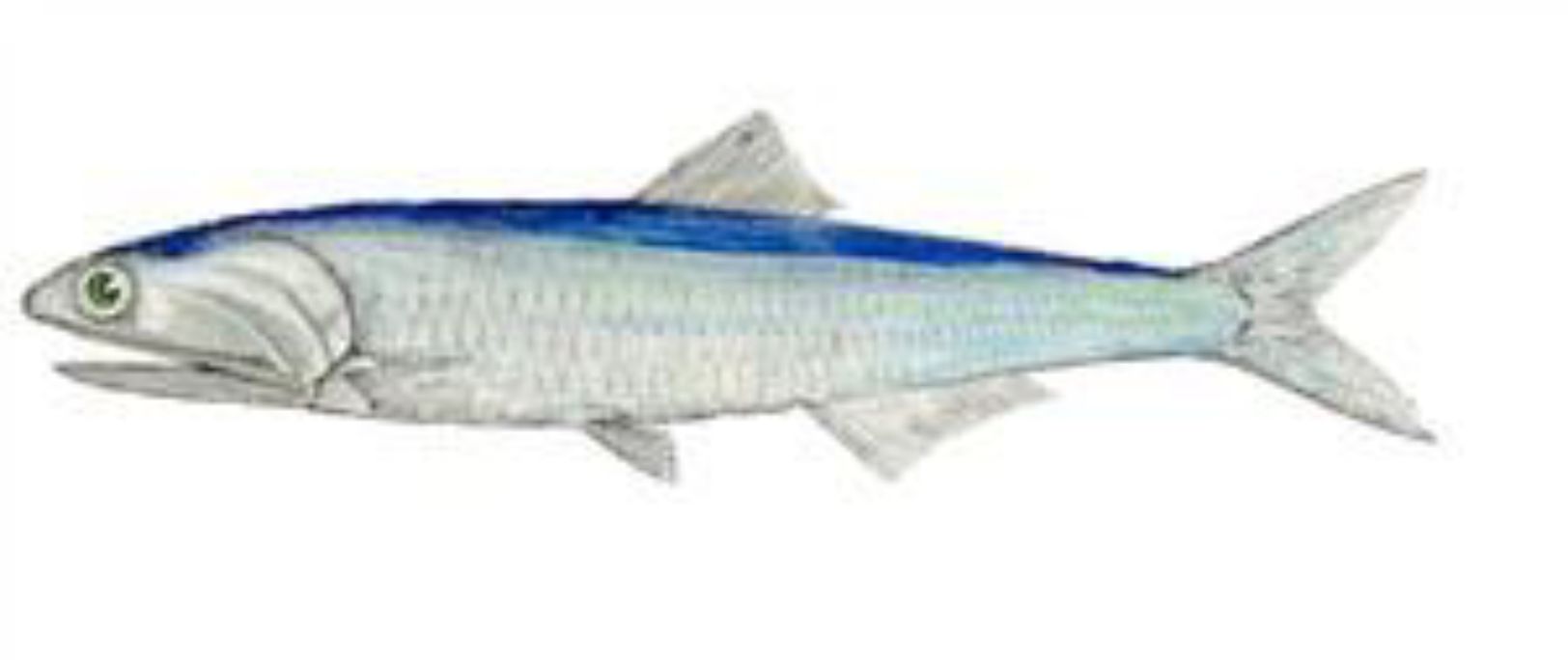
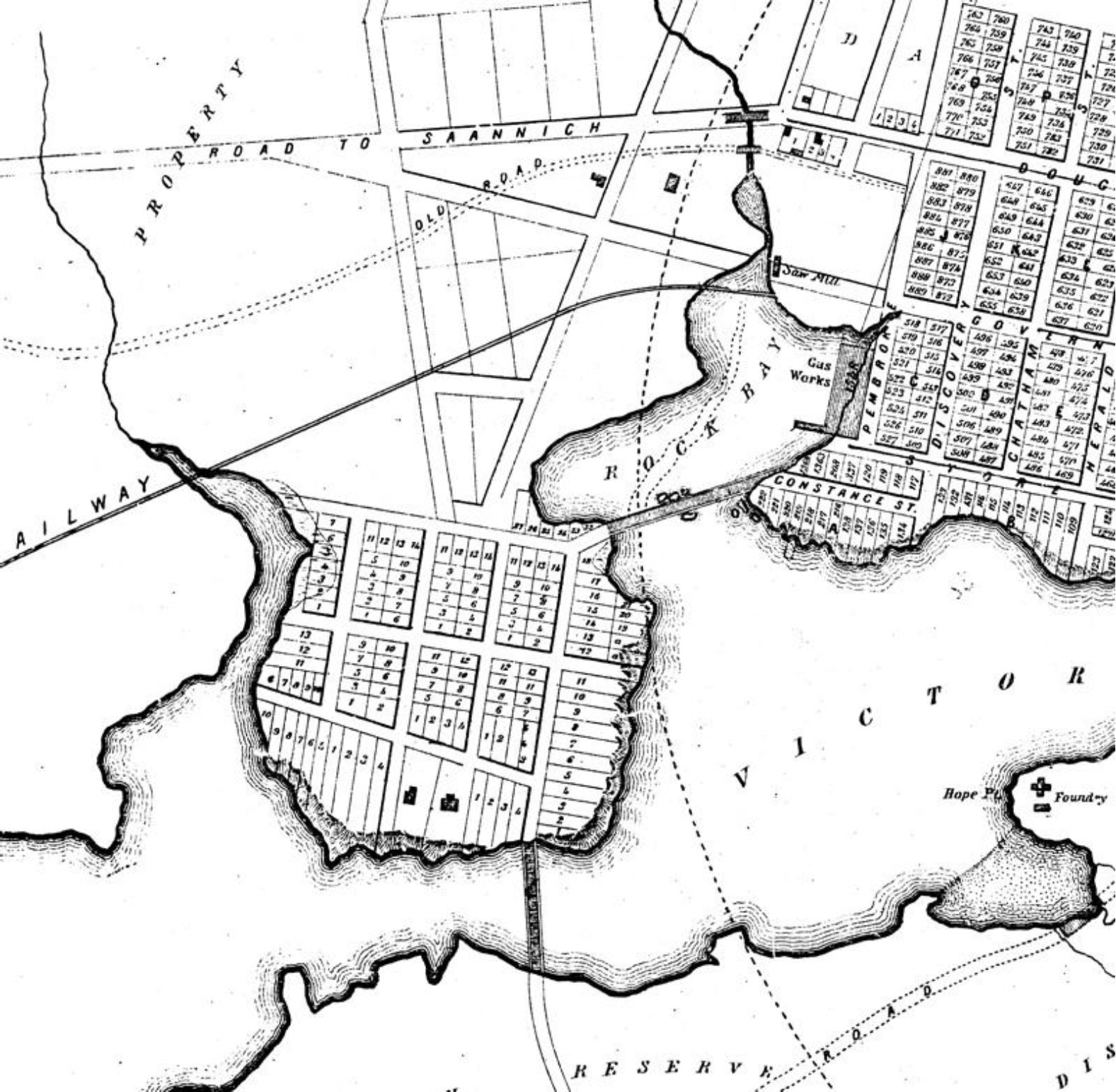
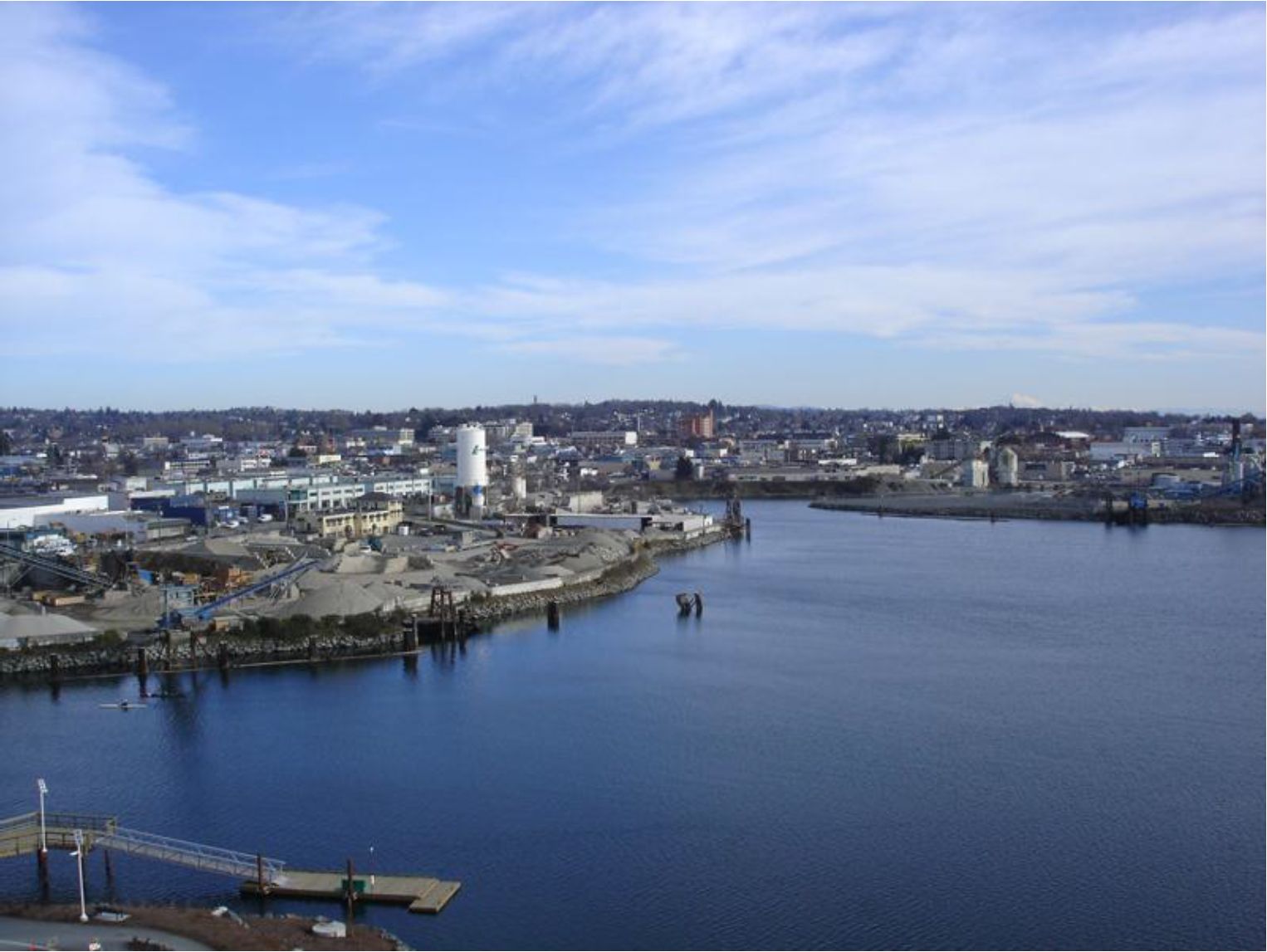
The same day, The Daily Press reported that: “Yesterday a party of Chinaman caught several cwt of herrings and smelts [Northern Anchovy (Engraulis mordax)] in James Bay.” The next year, on July 1, they report: “with regret that some Italian and Chinese fishermen have been taking trout from the Victoria arm in the neighbourhood of the gorge, by means of drag-nets”. The public was encouraged to take action to stop the use of drag nets due to its ruining the trout fly fishing.
This practice of using drag-nets was short lived due both to over-fishing in the waterway and to other immigrants dominating the larger fishing industry. After the turn of the century the fishing industry employed Chinese mostly as cannery works rather than as fishermen.
Chinese in California and Washington
Chinese immigrants were even more prominent in the fishing industry in California and Washington states where they fished with purse nets for shrimp and small fish to supply the city markets. Fish caught in the San Francisco area were shipped to British Columbia. In the mid 1880s, California fishermen were mostly Chinese, Italian and Portuguese. Catches included shark’s fins, crawfish, crabs, shrimps and prawns, abalone and seaweed – which were intended in part for the Chinese immigrant market.
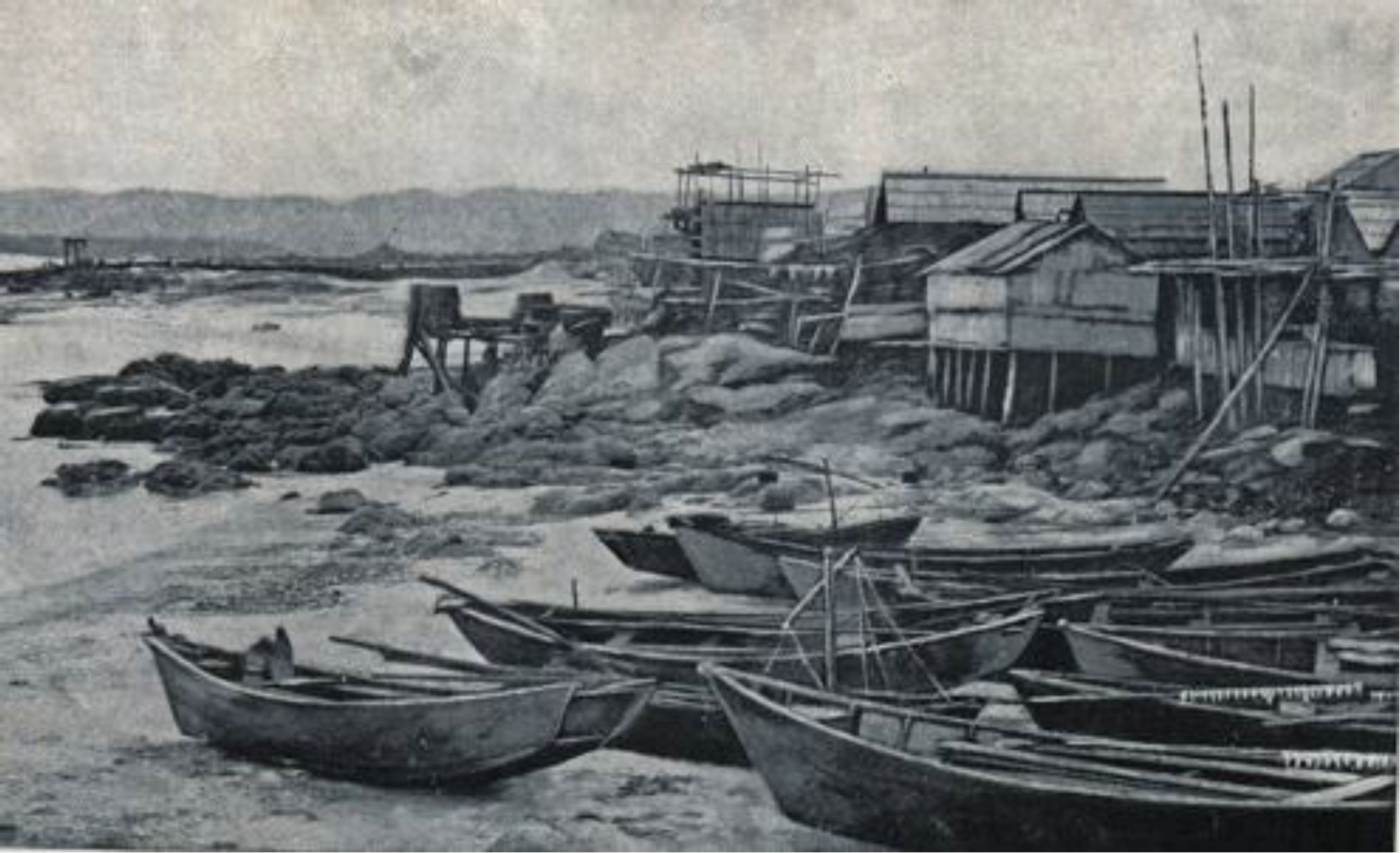
Fisheries reports indicate: “There is no doubt that the numbers of fishes in San Diego Bay has been greatly reduced by the constant use of fine-meshed seines by the Chinamen”. In speaking of Flounder – “Large individuals of this species are now seldom caught, but numbers from 2 to 6 inches long are daily taken and dried by the Chinamen”. Smelt [Hypomesus transpacificus], mullet [Mugil cephalus], herring, roncadores [Roncador stearsii], and flounders are taken by means of seines, and in all parts of the bay throughout the years. These fisheries are prosecuted chiefly by the Chinese. All the fish, excepting smelt, mullet, and roncedores (which are sold for home consumption), are salted and exported”.
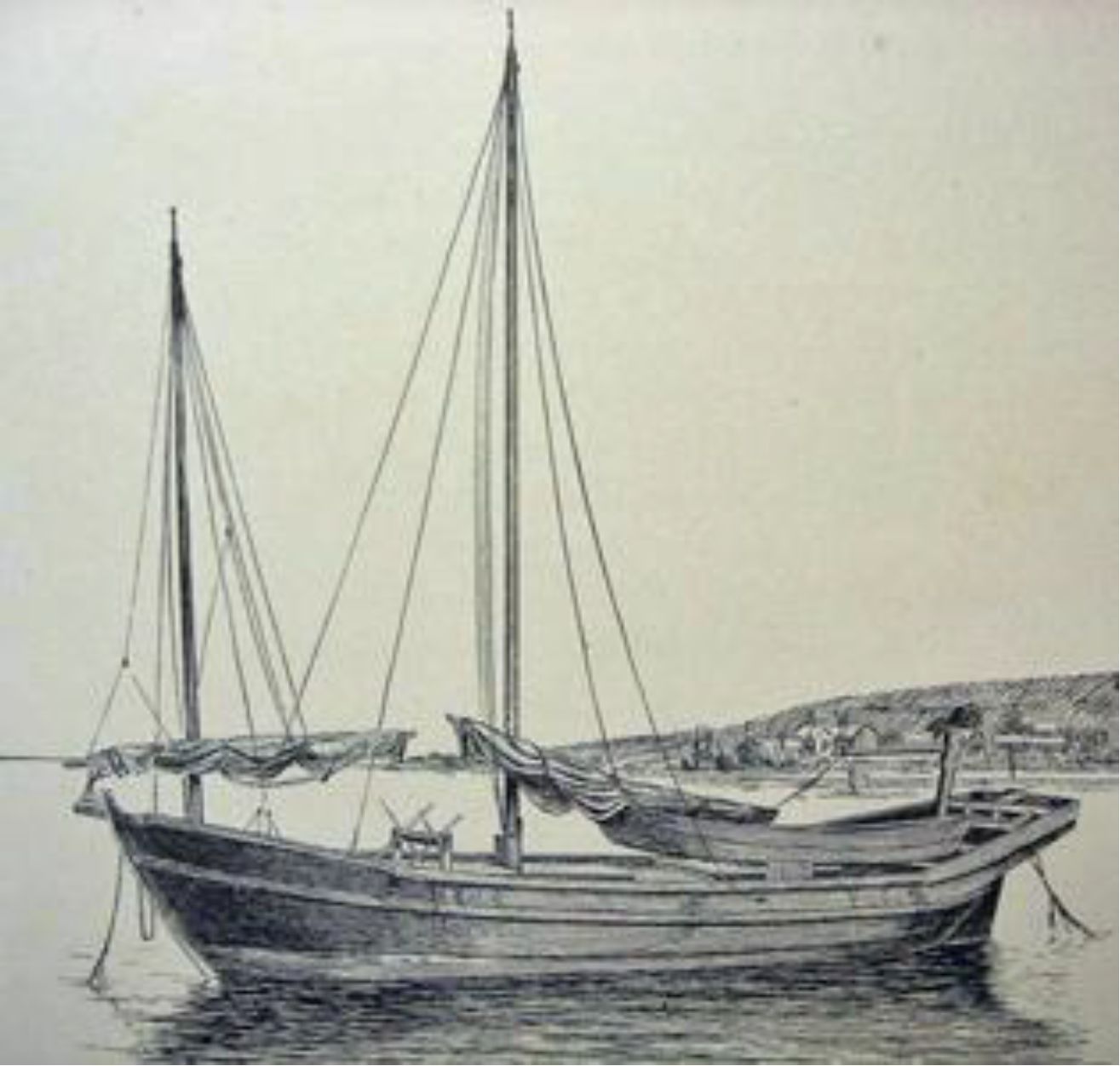
At Port Madison, Washington, a colony of 15 Chinese fishermen: “put up [Pile Surf] perch (Damalichthys [vacca]) and different species of flounders, mostly Parophrys vetulus [English Sole], Lepidopsetta bilineata [Rock Sole], and Pleuronichthys coenosus [C-O Turbot]. Flounders are valued most highly by the Chinese. The different species of Embiotocidae [Surf Perch] are dried principally for the use of the Chinese working in the mines” (Collins 1892).
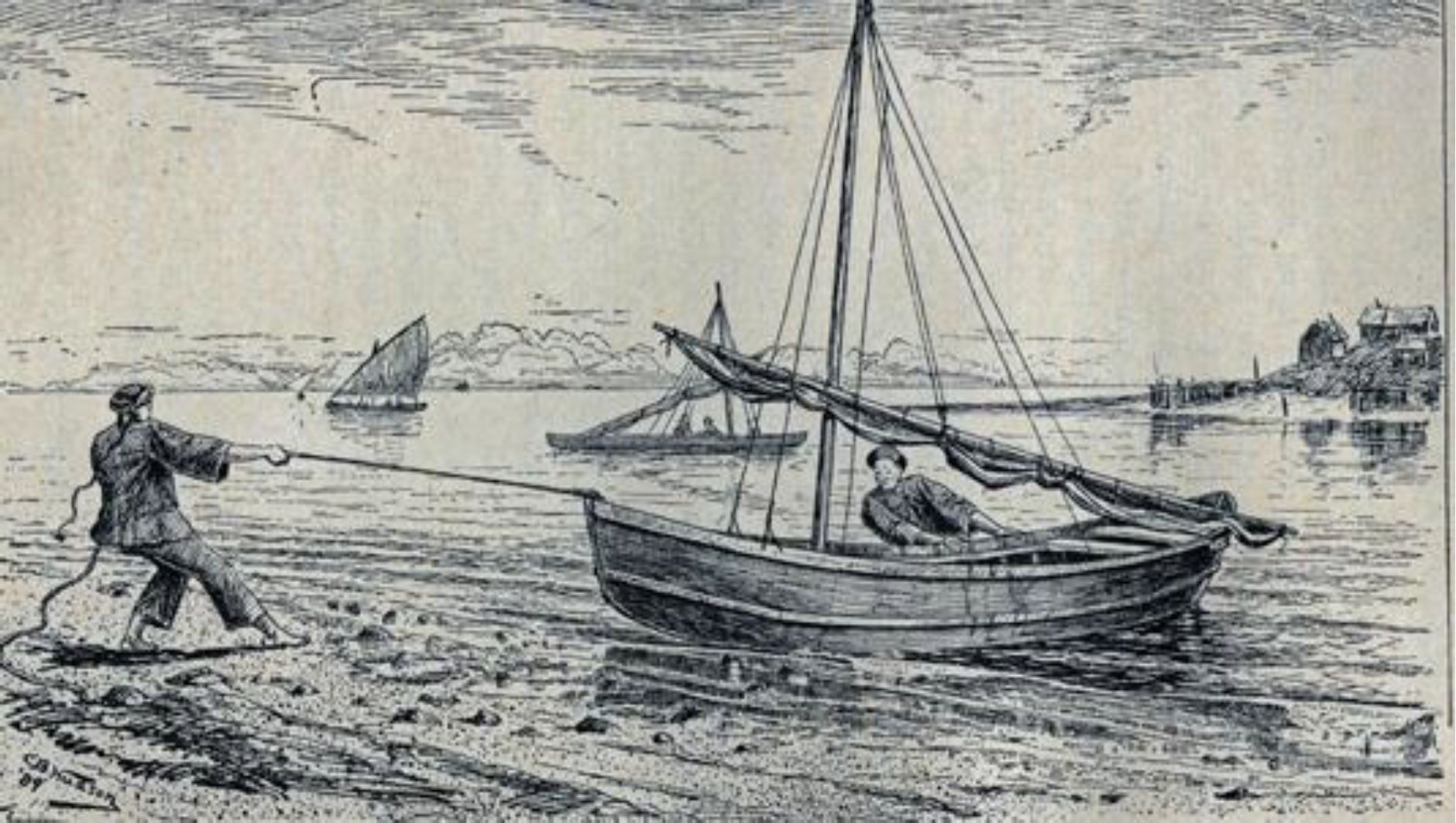
By the end of the First World War, seine fishing in the region had decimated the anchovy population.
Reference:
Collins, J. W. 1892. The Fishing Vessels and Boats of the Pacific Coast. In: Bulletin of the United States Fish Commission, Vol. X, for 1890, Marshall McDonald, Commissioner, Washington: Government Printing Office.
